Roman Diaspora in the making of India thrived on a syncrtic goddess ushered by the Greco-Buddhist reliquary cult. Lustrated by royal elephant identified with Africa, goddess Gajalakshmi on lotus of rebirth coexists with Isis-Venus and Nemesis symbolized by the Wheel of Low (Retribution), winged griffin and other rebus memory devices .Metaphors originally distilled faith in afterlife but these necromantic signs are now translated as Buddha’s external presence in a neural religion. Unprecedented cult images of goddess invoked as Maha Maya (Mega Maia) and Maha Vuhara Devi on the Great Boat (Mahayana) radically transformed the cultural landscape of South Asia. Subject to Influences, Meaning of art correlated with Mystery religions moved eastward from the Mediterranean to reach the gateway to heaven (Torana).The search for immortality demonstrates inter-connectedness of all art objects from Gandhara to Sri Lanka giving to ample scope for portraiture, Narrative techniques and symbolic Communication. Backed by new mortuary practices and esoteric rituals magic of art and new Brahmi script invented from invented from Aramaic was crucial to afterlife. Not surprisingly Tamil Brami on pot shards was found in Berenike and Oman. The two Volumes examine Late- synthesis in order to create new premises for investigating its Greco-Roman past centered on the powerful impulse to ti induces descent of the Lord (Bhagavato ukramti) through Immaculate conception and ambiguity in its cultural moorings. In the process, patrons, priest-kings and historical figures emerge as contributor to the obscure space of the funerary cult. Lasting less than four centuries in India, veneration of luminous Buddhas had far reaching consequences in Asia. Simultaneously, transcending human limitations goddess Mahalakshmi is singular witness to transformations through two millennia of Indian civilization.
Buddhist Art and Culture: Symbols & Significance (In 2 Volumes)
In stock
Free & Quick Delivery Worldwide
reviews
Bibliographic information
Title
Buddhist Art and Culture: Symbols & Significance (In 2 Volumes)
Author
Edition
1st.ed.
Publisher
Agam Kala Prakashan, 2013
ISBN
9788173201271
Length
584p., Illustrations; 29cm.
Subjects

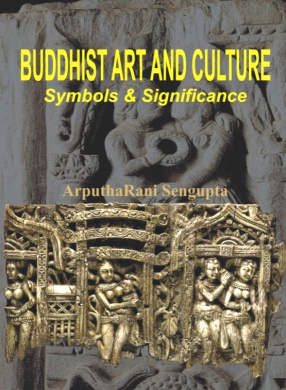
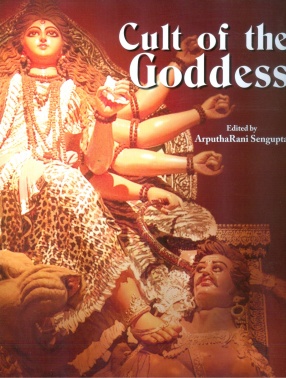
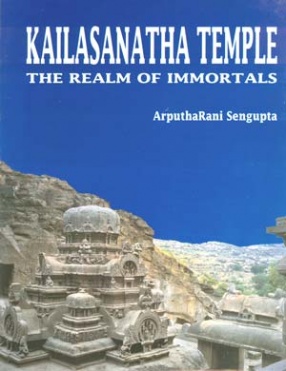
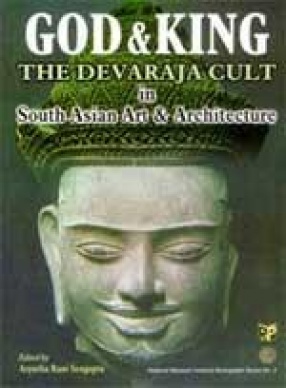
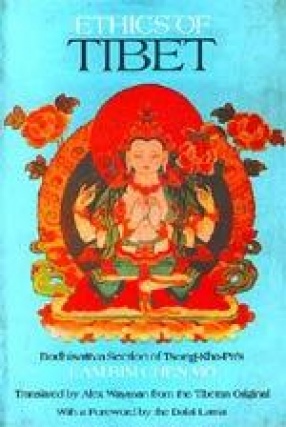
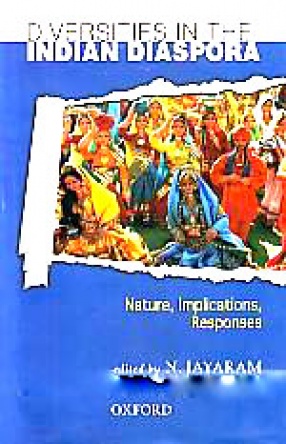

There are no reviews yet.